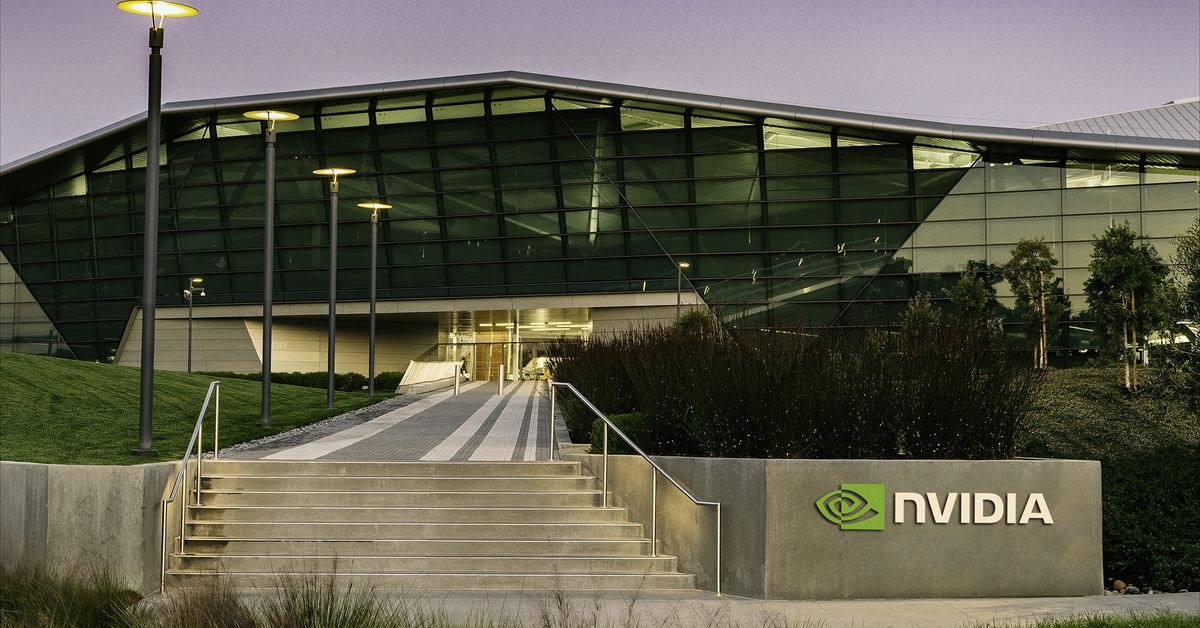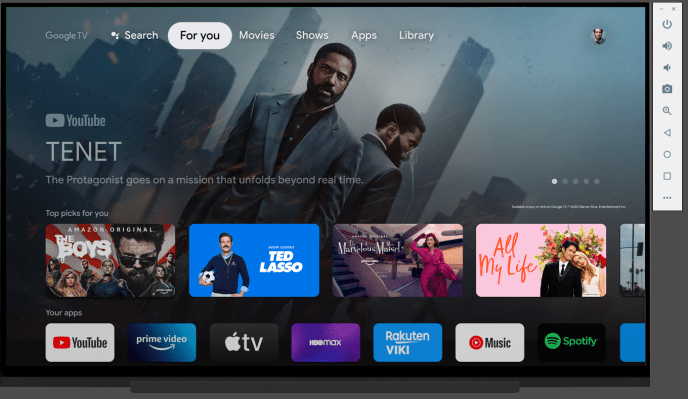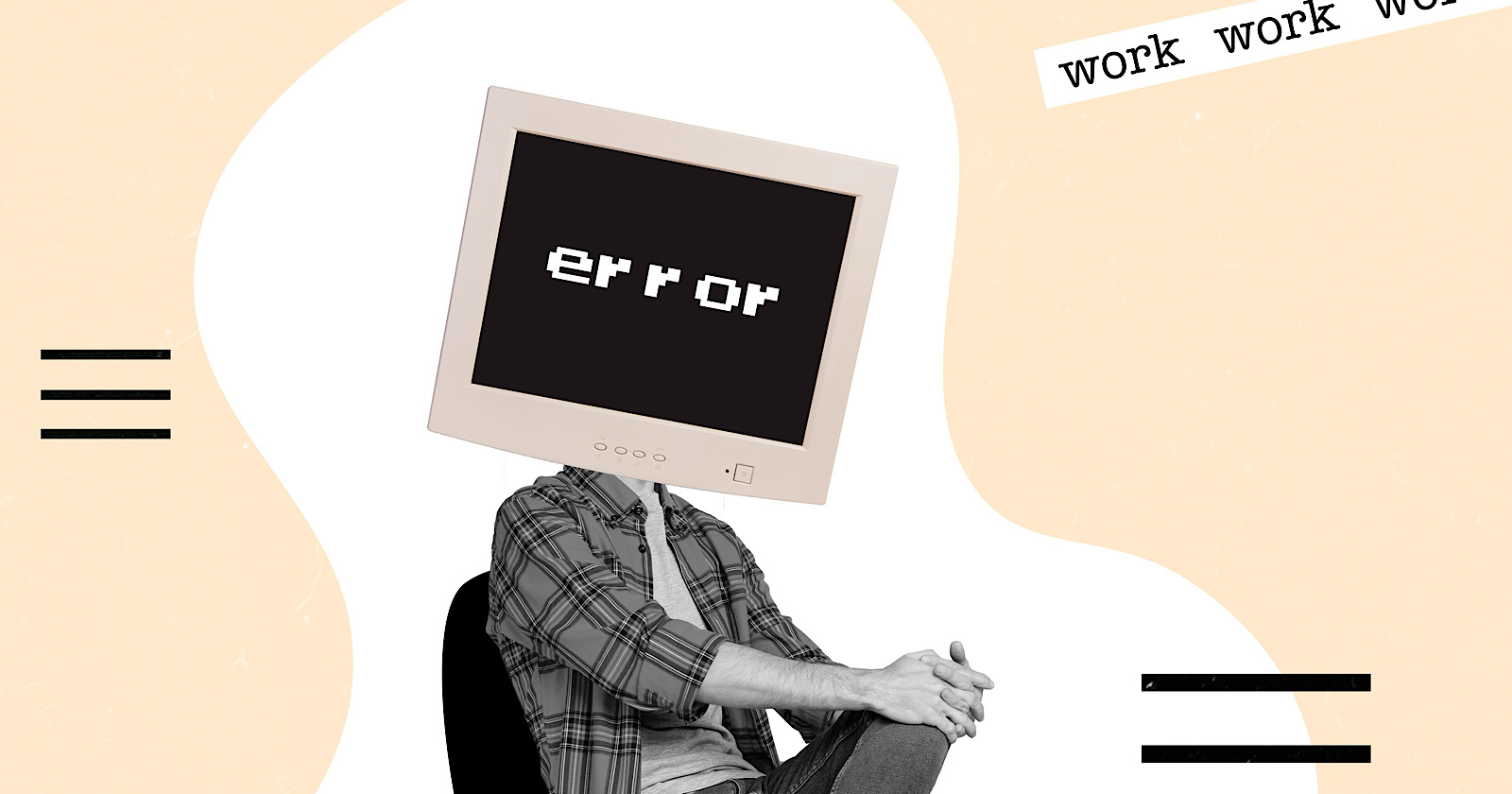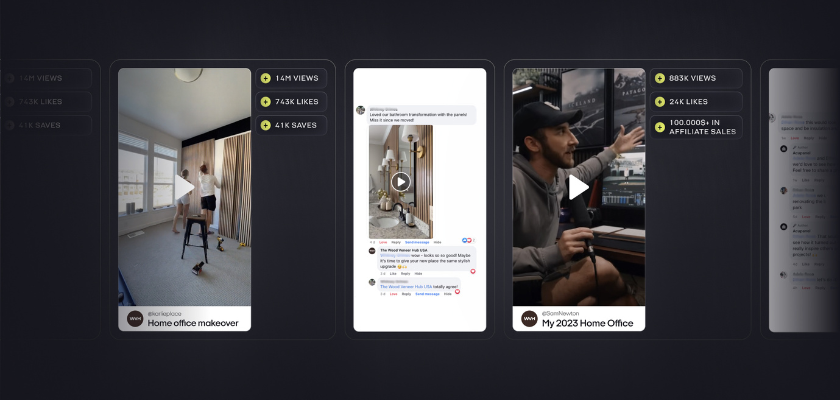Figure AI in talks with Microsoft and OpenAI for funding
Figure AI, a company that specializes in the development of humanoid robots, is planning to secure $500 million in a […] The post Figure AI in talks with Microsoft and OpenAI for funding appeared first on ReadWrite.
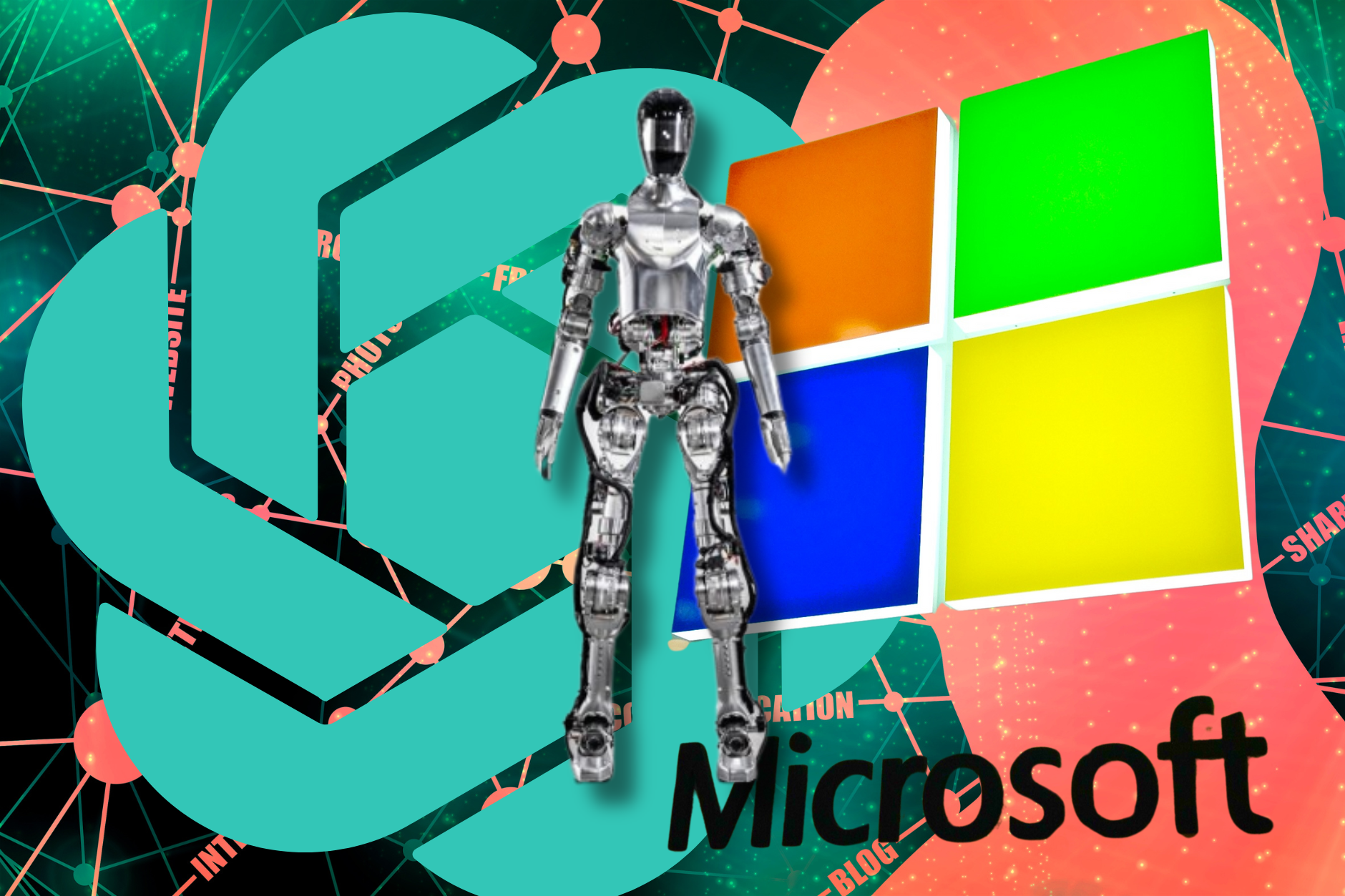
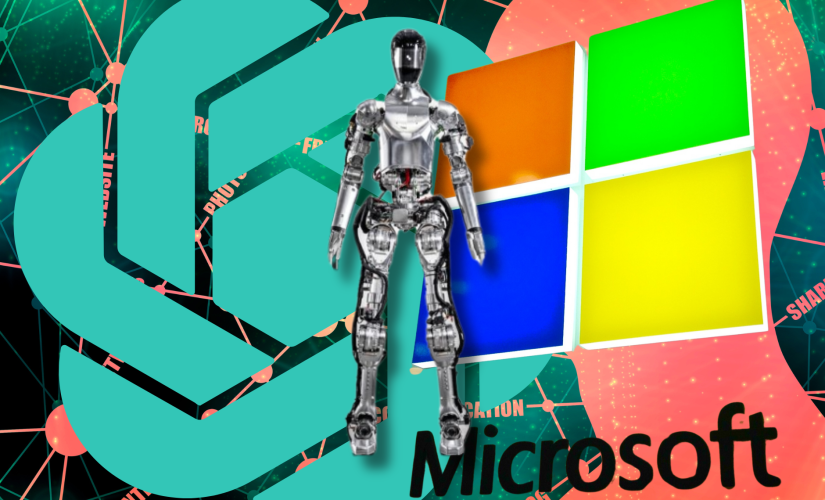
Figure AI, a company that specializes in the development of humanoid robots, is planning to secure $500 million in a funding round led by Microsoft Corp. and OpenAI, according to Bloomberg.
Although the tech giant reportedly will not provide the full amount, it is said to be investing approximately $95 million alongside OpenAI, which will contribute $5 million. If the funding round is successful, the company might achieve a pre-money valuation of $1.9 billion.
However, the funding round is not yet finalized, and there is always the possibility of talks collapsing. The potential investors and Figure AI have also not commented on the situation.
Why is Figure AI creating humanoid robots?
Figure AI’s website states that it aims to amalgamate new AI technologies with robotics, in order “to develop general purpose humanoids that make a positive impact on humanity and create a better life for future generations.” It believes that by creating humanoid robots, “unsafe and undesirable jobs” can be eliminated, thus helping to plug unprecedented labor shortages.
However, the California-based company said that its priority will be in industries such as manufacturing, shipping and logistics, warehousing, and retail, “where labor shortages are the most severe.”
The AI-powered robot is set to look like a human called Figure 01, equipped with “two legs, two arms, hands, and screen for a face.” Brett Adcock, founder and CEO, said it has managed to make coffee like a human.
Adcock added that his sole focus is “building Figure with a 30-year view to positively impact the future of humanity.” Earlier this month, the company signed a deal with BMW to have its robot work in the car developer’s United States’ facilities.
Where do robots work today?
There are already several devices being used in the workforce such as warehouse robots, who help get work done in giant facilities. Similarly, an affordable robot has been created to help with intricate tasks called Mobile ALOHA. Stanford University scientists used AI, readily available components and 3D-printed hardware to make the £32,000 robot.
AI and robotics are also working in several healthcare establishments, carrying out tasks such as genetic testing, robotic surgery, cancer research, data collection, and more.
Featured image: Canva / Figure AI / Mike Mozart
Suswati Basu
Freelance journalist
Suswati Basu is a multilingual, award-winning editor and the founder of the intersectional literature channel, How To Be Books. She was shortlisted for the Guardian Mary Stott Prize and longlisted for the Guardian International Development Journalism Award. With 18 years of experience in the media industry, Suswati has held significant roles such as head of audience and deputy editor for NationalWorld news, digital editor for Channel 4 News and ITV News. She has also contributed to the Guardian and received training at the BBC As an audience, trends, and SEO specialist, she has participated in panel events alongside Google. Her career also includes a seven-year tenure at the leading AI company Dataminr, where she led the Europe desk and launched the company's first employee resource group for disabilities. Before this, Suswati worked as a journalist in China for four years, investigating censorship and the Great Firewall, and acquired proficiency in several languages. In recent years, Suswati has been nominated for six awards, including the Independent Podcast Awards, International Women's Podcast Awards, and the Anthem Awards for her literary social affairs show. Her areas of speciality span a wide range, including technology, Diversity, Equity, and Inclusion (DEI), social politics, mental health, and nonfiction books.

 Troov
Troov 








